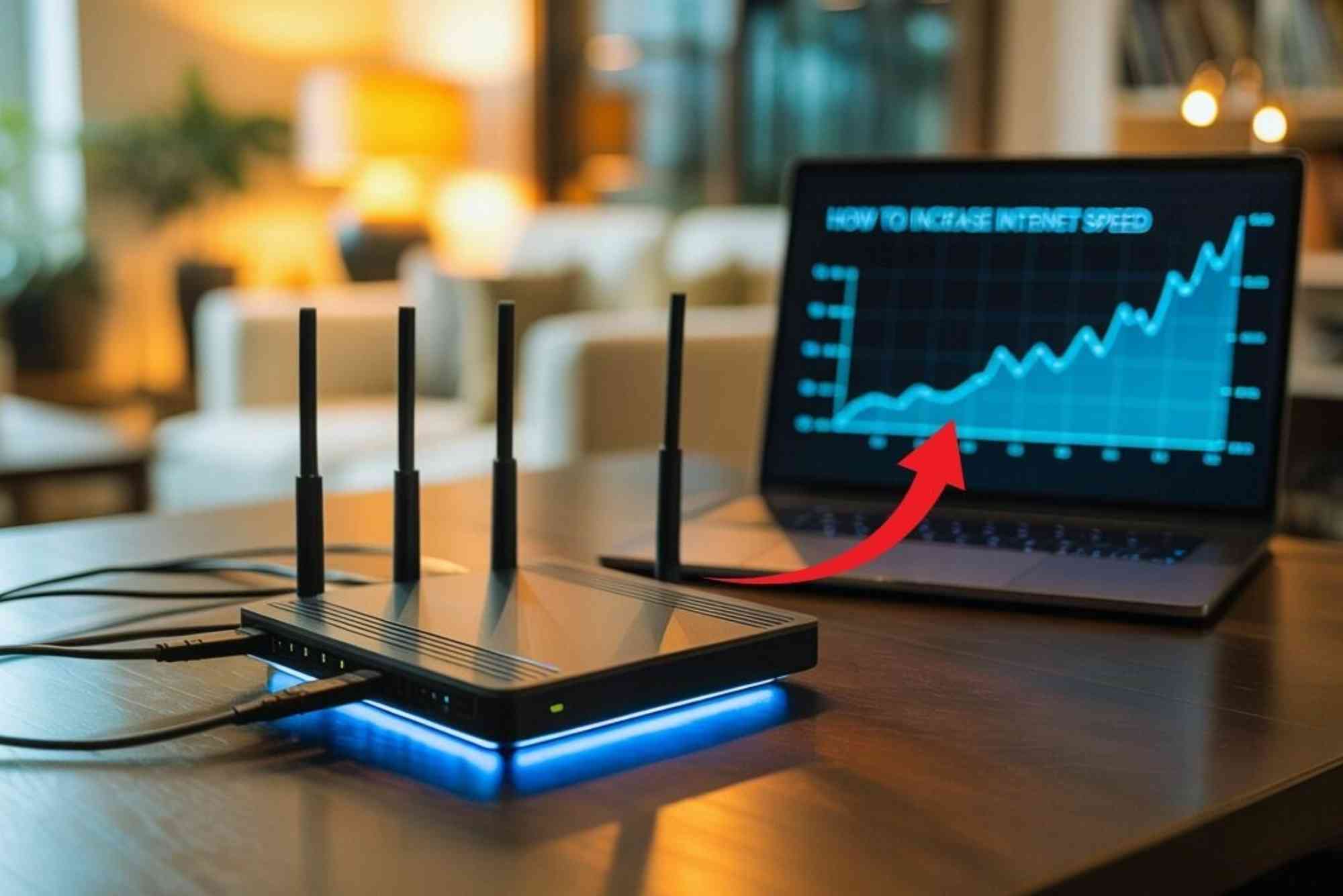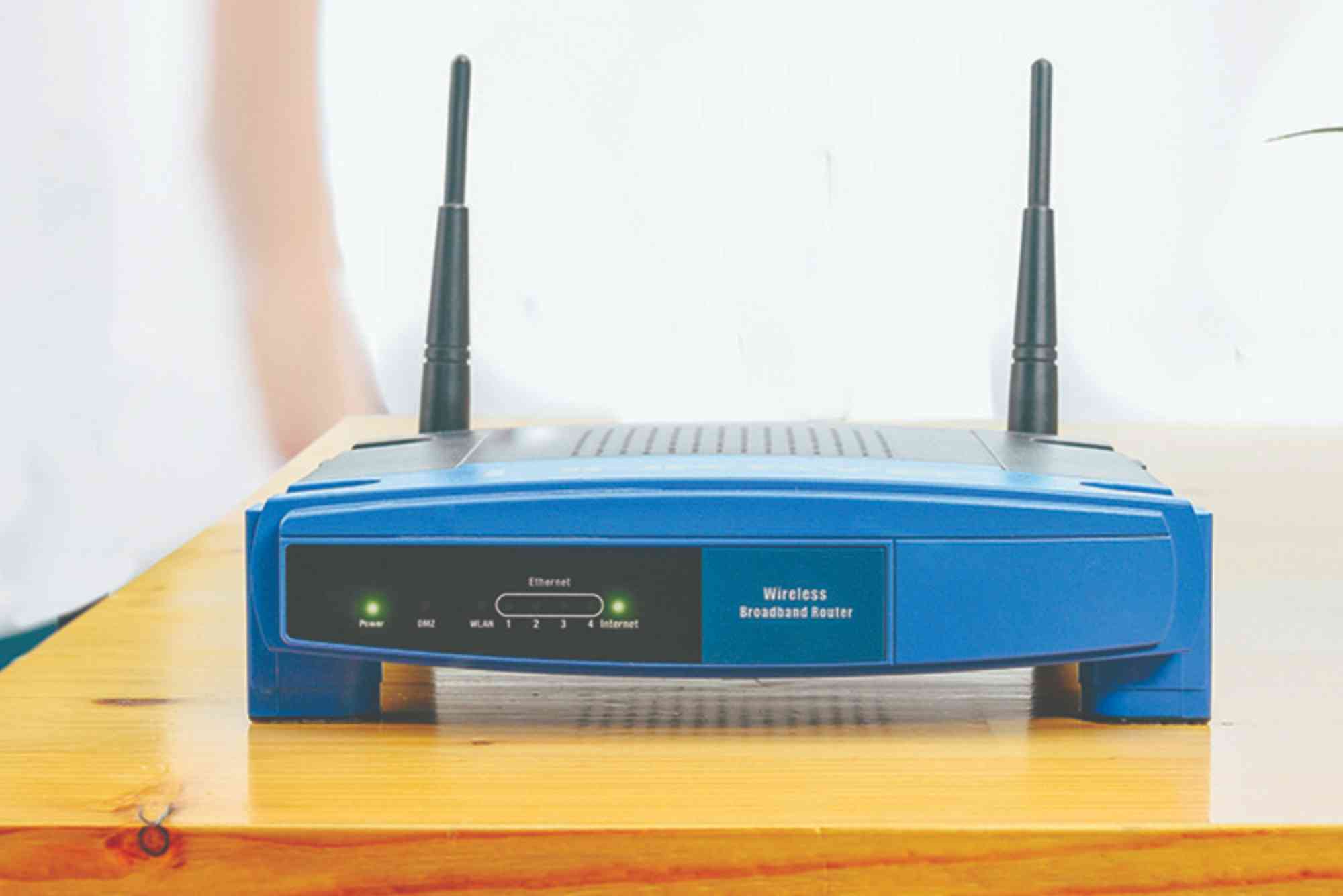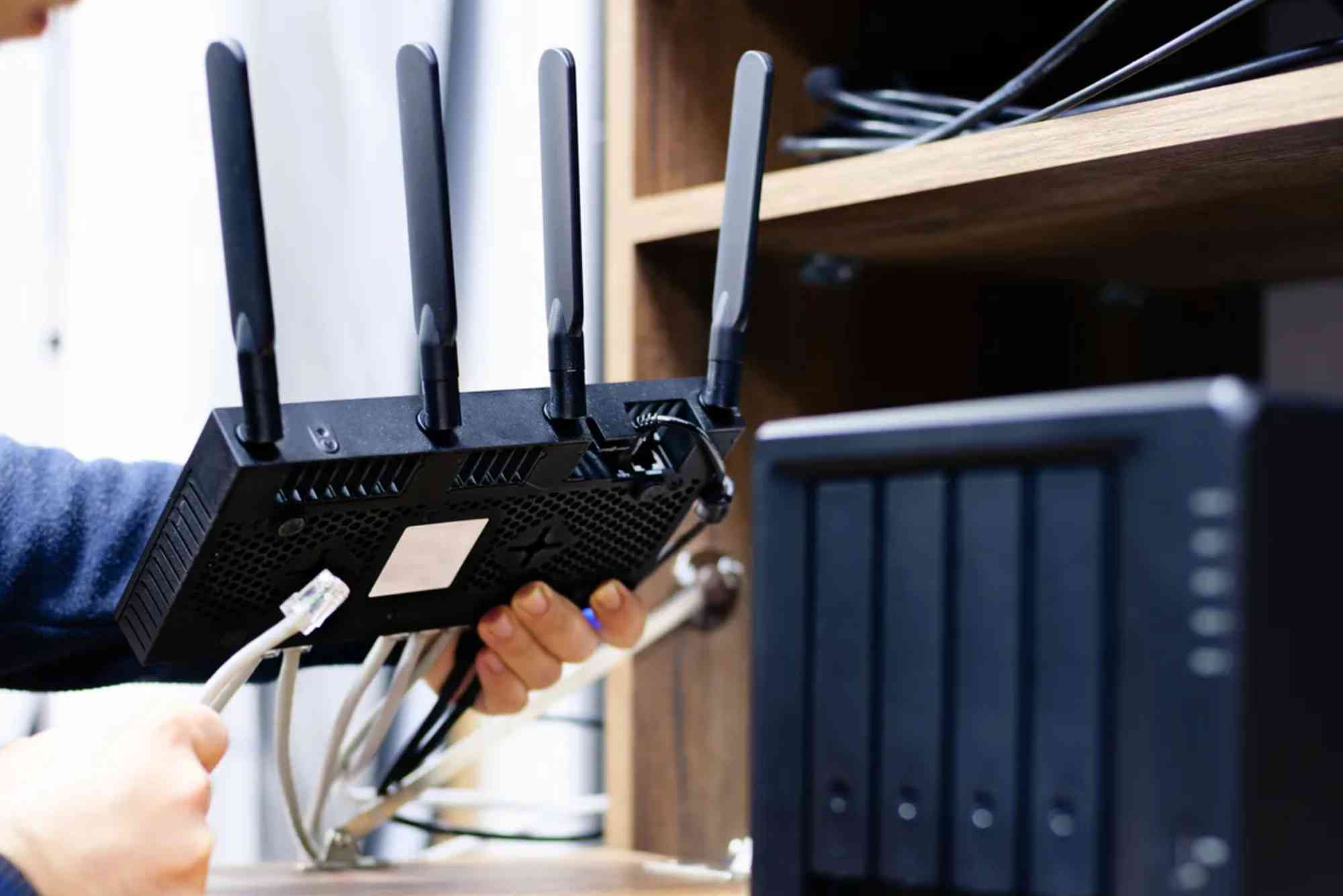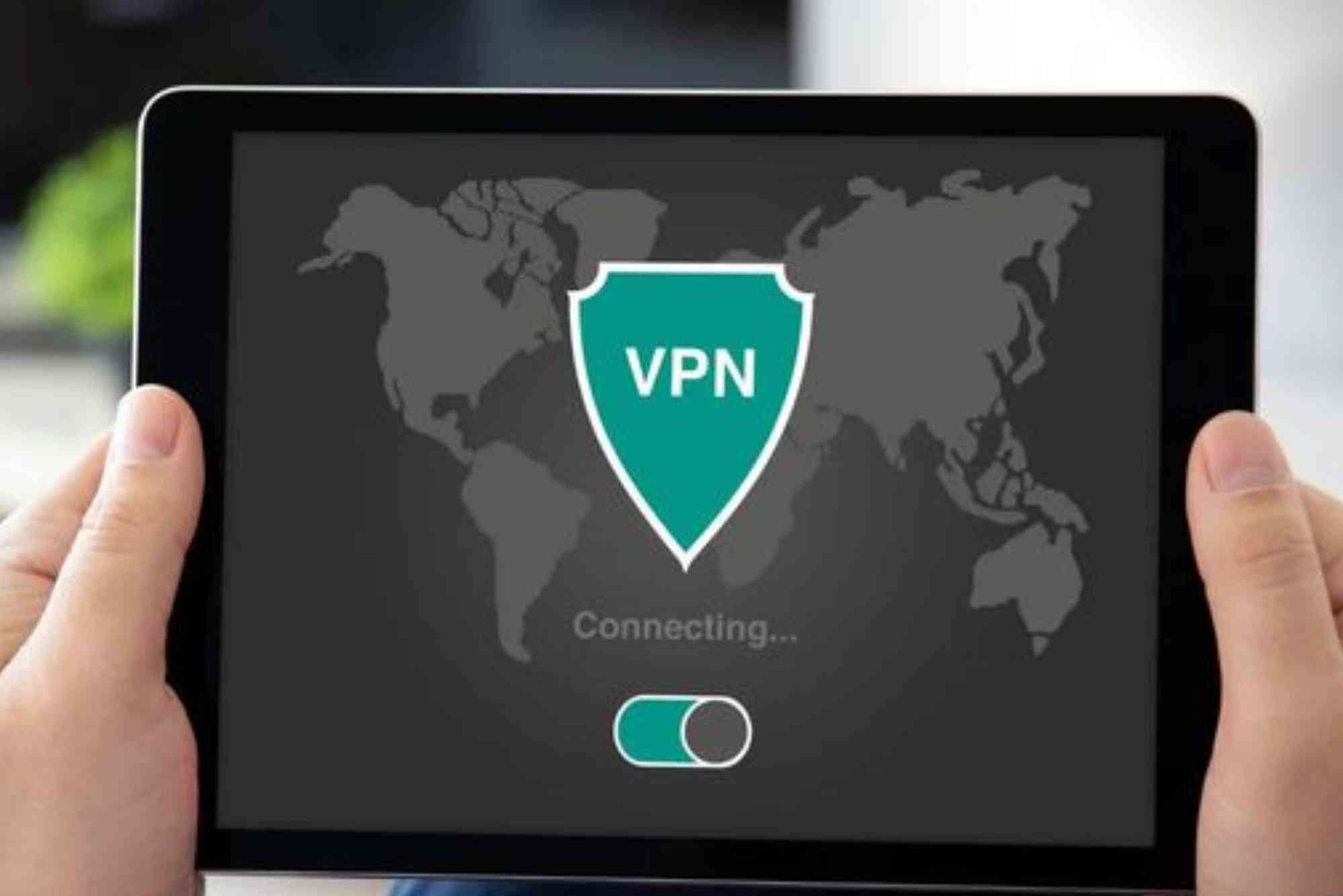How to Setup a VPN on Windows PC
Using a Virtual Private Network (VPN) is one of the easiest ways to protect your privacy online. Many Windows users want to know how to setup VPN on Windows without relying on complicated technical steps. The good news is that Windows has built-in VPN support, and most VPN providers also offer easy-to-install apps. This guide will explain different methods, from manual configuration to using VPN software, so you can secure your internet connection with confidence.
Why Use a VPN on Windows?
A VPN encrypts your internet traffic and hides your real IP address. This prevents hackers, ISPs, or trackers from monitoring your online activity. If you connect to public Wi-Fi often or want to access geo-restricted content, a VPN provides the safest solution. Businesses also rely on VPNs for secure remote work connections.
Preparing to Setup a VPN on Windows
Before starting, you need two things: a VPN service provider and your Windows PC. Most providers share details such as server address, username, and password. Windows supports several VPN protocols, including PPTP, L2TP/IPSec, and IKEv2.
Choosing the Right VPN Provider
Pick a provider that values privacy, offers fast servers, and has an app for Windows. Paid services usually provide better reliability than free ones. If you are looking for reliable connectivity solutions, check out Dhanote Internet Services for more resources on secure browsing.
Method 1: Setup VPN on Windows Using Built-in Settings
Windows has a built-in VPN client that lets you configure connections manually. This is useful if you don’t want to install third-party software.
Open VPN Settings
Click the Start menu, then select Settings > Network & Internet > VPN.
Add a VPN Connection
Select Add a VPN connection. Choose Windows (built-in) as the provider.
Enter VPN Details
Fill in the connection name, server address, VPN type, and sign-in info (username and password).
Save and Connect
Click Save, then select your new VPN and click Connect. Windows will establish a secure connection.
Method 2: Setup VPN on Windows Using a VPN App
Most VPN providers offer their own Windows apps. This is the easiest method for beginners.
Download the App
Go to your VPN provider’s website and download the official Windows client.
Install and Login
Run the installer, then log in with your VPN account credentials.
Choose a Server
Select a location (e.g., US, UK, or any other country).
Connect Securely
Click Connect, and your internet will instantly be encrypted.
Method 3: Setup VPN on Windows Using OpenVPN
If you prefer open-source software, you can use OpenVPN. Many providers allow downloading configuration files for OpenVPN.
Install OpenVPN
Download the Windows version from the official OpenVPN website.
Import Configuration Files
Copy the provider’s .ovpn configuration files into the OpenVPN folder.
Run OpenVPN
Launch OpenVPN as administrator and select your server.
Connect
Enter your credentials, then click Connect to secure your browsing.
How to Setup VPN on Windows for Work
Many businesses use VPNs for secure employee access. If your company provides VPN details, you can set them up using the built-in Windows method. Corporate IT teams often use IKEv2 or L2TP/IPSec protocols for stronger security.
Troubleshooting Common VPN Issues
Sometimes VPNs fail to connect or slow down your internet.
VPN Not Connecting
Check your credentials, server address, and protocol settings. Restart your router if needed.
Slow VPN Speeds
Choose a server closer to your location. Disconnect and reconnect to refresh the tunnel.
VPN Disconnects Frequently
Switch protocols or try a wired connection instead of Wi-Fi.
Security Tips When Using a VPN on Windows
-
Always enable the Kill Switch if your VPN app supports it.
-
Avoid free VPNs that may sell your data.
-
Keep your Windows and VPN software updated.
-
Connect to servers optimized for streaming or gaming when needed.
FAQs on How to Setup VPN on Windows
What is the easiest way to setup VPN on Windows?
The simplest method is to install your VPN provider’s Windows app. It requires minimal setup and connects in one click.
Can I setup VPN on Windows without software?
Yes, you can configure VPN manually using the built-in Windows VPN client. Just enter your provider’s server details.
Does Windows 10 have a built-in VPN?
Yes, Windows 10 and Windows 11 include a built-in VPN client, but you need to configure it with server details.
Is it safe to use free VPNs on Windows?
Most free VPNs have limited speed, servers, and may log your data. Paid VPNs are safer and more reliable.
Can I use a VPN for gaming on Windows?
Yes, but choose a server near your region to avoid high ping. Some VPNs even reduce lag.
Stay Secure with a VPN on Windows
Learning how to setup VPN on Windows is simple once you know the steps. Whether you use the built-in client, a VPN app, or OpenVPN, your online activity becomes much safer. Protect your privacy, access global content, and secure your connection today.
Start by selecting a trusted provider and follow the method that suits your needs. If you want fast and reliable internet solutions, explore services like Dhanote Internet Services to enhance your browsing experience.








